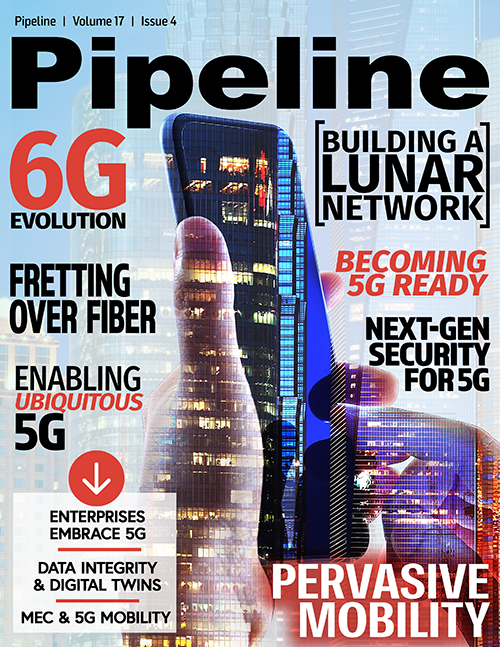Next-Gen Infrastructure: Becoming 5G-Ready
Realizing the potential
To achieve these results, the underlying infrastructure and the networks that have supported data and applications for years are now undergoing a fundamental shift. Networks of the past were built to solve a sparse networking problem, and now they must solve the challenge of supplying mobile capabilities with equal parts robust capacity and high accessibility. This means completing massive build-outs of wireless nodes and antennas.
In the past, a limited number of macro base stations was suitable. However, as data now needs to be able to reach more destinations and coverage needs to become more comprehensive, C-RAN architecture—defined by a centralized or cloud-computing-based radio access network (RAN) architecture—is paramount. This requires dividing large macro sites into a highly dense fabric of small cells, antennas and edge colocation points. These nodes will be needed everywhere: there will likely be one on every street corner, every manhole, every piece of street furniture and every utility pole available. This densification ensures access to additional spectrum through the deployment of small, low-powered cell sites connected to local network hubs with fiber-optic cables.
Of course, it’s natural to wonder how this future of networking will impact local communities. However, with the many opportunities 5G brings, it’s important to note that this process of densification should be celebrated for what it will deliver while creating relatively minimal interference for citizens and municipalities.
What local communities should know
Small cells are not a novel development. In fact, hundreds of thousands of them had already been deployed by 2017. Nevertheless, as the number of these wireless sites grows, it’s understandable that the ideas of aesthetics, construction processes and other impacts will come into question.
It’s important to note that these sites are compact, safe and very low-energy. Independent field studies have measured the electromagnetic emissions from a 20-watt small cell transmitting from 9.5 feet above the ground at 2.5 GHz; this is what T-Mobile has announced it is using for its 5G service. The measured power level was well below the Federal Communications Commission’s limit for public exposure, clocking in at just 00.017 percent of that limit. It’s true that the additional spectrum used for 5G will be at a higher frequency than what was previously utilized, but since it is transmitted at low power levels, the spectrum will not travel as far nor be able to penetrate as strongly as the traditional lower bands. This is why it must be deployed so densely, and it’s also why it should be of no additional concern for communities or individuals.
Radio-frequency utilization is tightly regulated by the FCC, and the limits the agency sets are based on thousands of peer-reviewed studies conducted over the past century by numerous independent scientific organizations. The limits in place today have been studied since their implementation in 1996 and were reaffirmed on a unanimous, bipartisan basis in 2019. 5G’s goal is to ultimately make the world safer and more easily navigable for all, and deployment (despite its necessary density) will continue to remain in line with that commitment.
Facilitating cooperative progress
While infrastructure providers, mobile network operators and others continue to work with municipalities and prioritize their understanding of 5G and its development, there are some ways that municipalities can help reach true rollout more efficiently on behalf of their constituents. By seeking out information about 5G and becoming more knowledgeable about why it’s crucial, public utilities, policymakers, government entities and citizens better understand how to pave the way for progress. This understanding leads the way for new approval procedures, eases the acquisition of municipal rights-of-way for new deployments and even helps homogenize these procedures across different areas—all of which are currently challenges that are slowing densification. With knowledge comes comfort, and with comfort comes progress.
We’ve made great collective strides toward the 5G future, but there is still a lot of work to be done before we can achieve 5G’s full potential and unlock its benefits. Much of the U.S. is still a “Wild West” for wireless, and complications still pervade the infrastructure sphere. Information-sharing remains key for generating a mutual understanding that all can build from and ultimately thrive on.
If wireless densification is the foundation of next-generation healthcare, business, education and more, then collective trust and knowledge is the foundation for that densification, and it must be prioritized. Change at scale may not be easy, but in the case of 5G and the bright future it brings for everyone in all walks of life, it’s more than worth it.



















